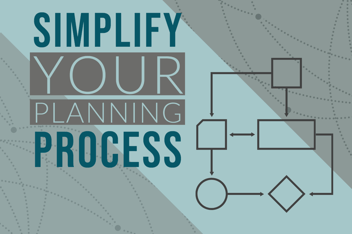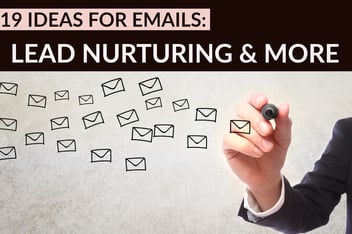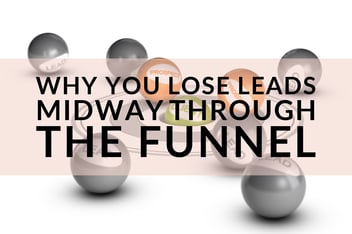5 Best Practices For Lead Nurturing Workflows
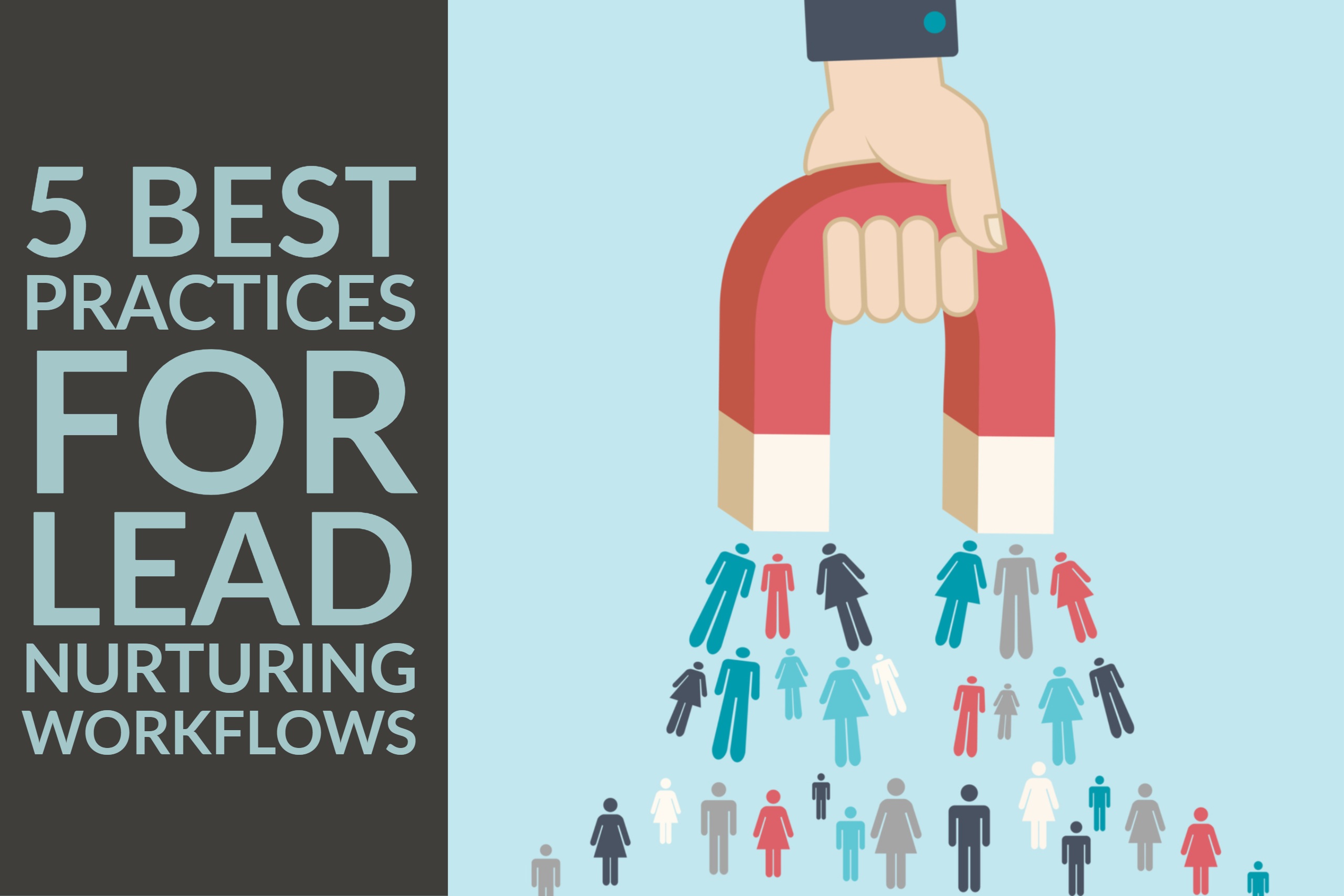
Lead nurturing, powered by marketing automation, is a powerful tool in the digital and content marketing arsenal, with the potential to create and strengthen connections between your brand and leads captured online through content and other offers.
While automation takes the drudgery and hands-on work out of connecting with each contact on a regular basis, planning and implementing the lead nurturing workflows of automated emails requires a detailed strategy, and is often confusing and susceptible to beginner’s blunders.
Here are 5 rules to follow to set your lead nurturing workflows on the right path.
1. Base workflows on sales funnel/buyer’s journey phase.
A key advantage to emails that are part of lead nurturing workflows vs. random broadcast emails is their personalization and customization to meet the needs of the lead. In fact, lead nurturing emails have a response rate that is 4-10x better than standalone email blasts. And segmented emails get twice as many clicks as non-segmented campaigns.
One way of segmenting the audience for your workflows is by their stage in the buyer’s journey (for our inbound content, we think of this in terms of the sales funnel shown in the graphic below; here is another take on this kind of segmentation.)
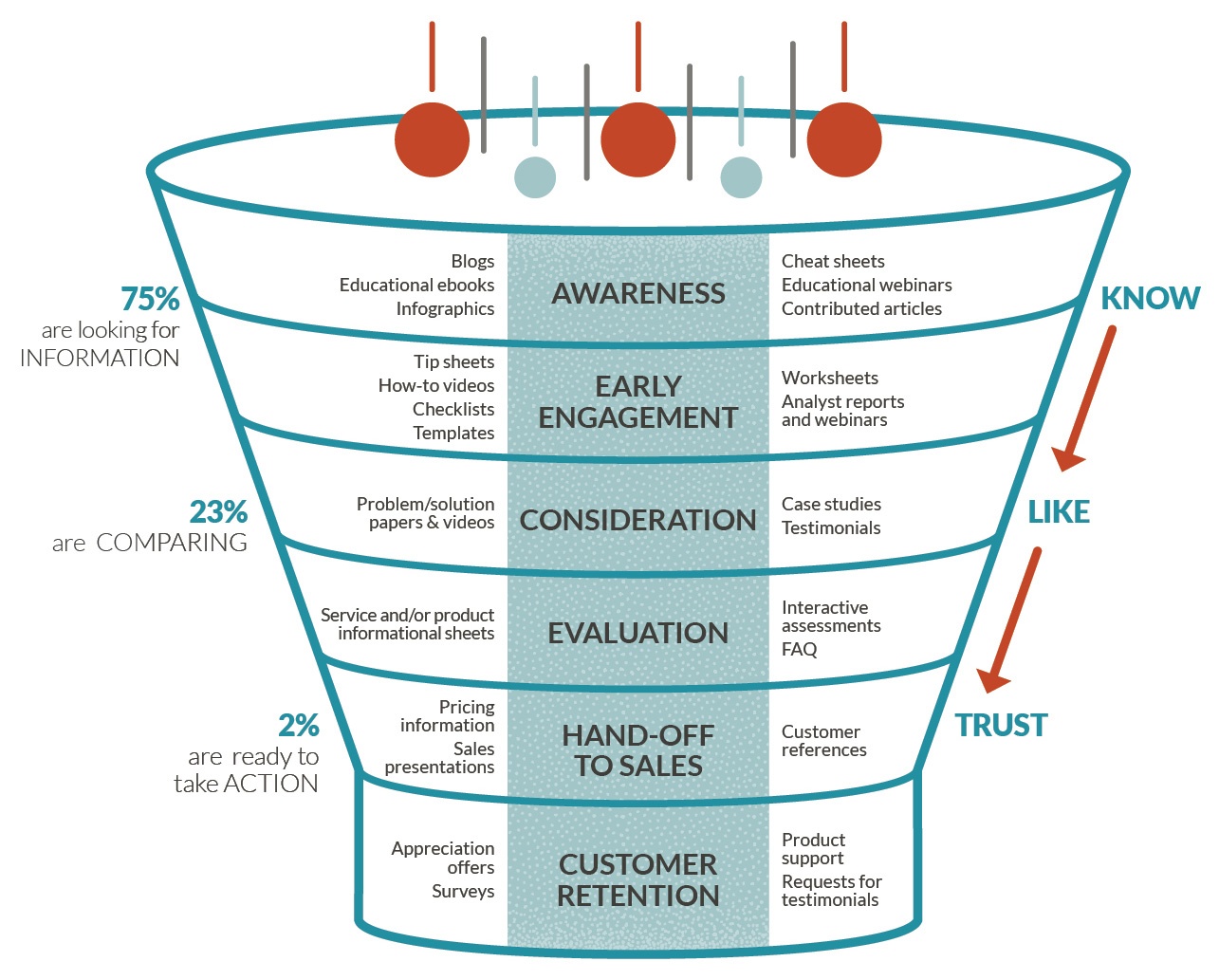
Tailor the content of your lead nurturing emails using buyer’s journey or customer sales cycle stages for your segmentation by sending those leads who have accessed awareness level content more general advice and information heavy content. Focus on developing a level of trust in your information and establishing a connection that builds a sense of authority and knowledge. Links to blog posts and connections on social media are great ways of showing leads what you know and that you have the insight to provide information they need.
Focus another workflow or workflows on those leads who are further down the sales funnel. Once leads access an offer that indicates they are in the consideration phase of actively seeking a product, solution or vendor, kick off a separate workflow that targets decision-making. Content for this workflow can be more company-focused, including case studies, product information, free trials or consultations.
2. Have a goal for each workflow.
We’ve talked before about setting goals for marketing, whether that is identifying a broad goal for a campaign (lead generation, brand awareness, increased sales) or specific goals for individual metrics that track back to specific corporate goals such as revenue growth.
Goals also are needed for your workflows. By defining a workflow’s goal, you establish both a target to shoot for and an endpoint that tells you when that workflow has done its job.
For example, if a workflow is initiated by a visitor converting into a lead on an awareness level offer, the goal for that workflow would be to move them toward a consideration level offer, such as a case study or problem/solution paper.
Once that goal has been reached, the workflow is complete. In this case, with the goal being conversion of a consideration level offer, completion of one workflow is actually what kicks off the next.
A second workflow would be started when a lead — either an existing lead transitioning from the awareness level of the funnel or a new lead converting for the first time — accesses a consideration level offer. Again, that workflow should have a goal in the decision stage, such as a free trial or a consultation.
Without goals, you won’t have a target to shoot for or a means of tracking your results, which applies to workflows and more.
Here are additional tips on setting goals and using them to measure success:
- Marketing Metrics Are Meaningless If You Aren’t Taking This First Step
- Quick Marketing Tip: Set SMART Goals For 2018
- Do The Math
- Analysis Mistake: Not Having Meaningful Goals To Measure Against
3. Don’t push the goal—offer value first.
According to HubSpot, a founder of the inbound marketing and lead nurturing automation approach, one major mistake many marketers make is to push leads too quickly, causing them to back away from your brand.
Remember that fewer than 1 in 10 leads are ready to buy at the time they convert on your website. Rather than go straight for your goal in a workflow, even if that goal is just downloading a more detailed piece of content, give them time and reasons to warm up to your brand first.
You can do that by providing value through useful content, either as email newsletters incorporated into your lead nurturing workflow or by linking them to additional ungated — read that as “nonthreatening” — content on your website such as videos and blog posts.
In other words, give before you ask.
Once you have given your leads more useful and useable content, without asking them to submit another form or commit to anything, then consider the next level of “ask.” That could be another gated form that is further down the sales funnel or, for those already in a workflow to guide them from consideration to decision, it could be a consultation or lead qualification phone call to learn more about their needs.
4. Know your sales cycle, and time workflows accordingly.
In addition to not pushing for the goal of the workflow in the first email, it is also important to consider the timing of your lead nurturing emails. For retail-type brands, where the decision process and sales cycle is shorter, it may be OK to send leads emails just 2 or 3 days apart. (Of course, for all new leads, there should be an immediate thank you email sent the minute they convert on a landing page form.)
If your company is a B2B service or product with a 6-month or longer typical sales cycle, avoid the temptation to flood leads with information right away. Space out the emails in your workflow to give leads enough time to consider the information in them, possibly share it with colleagues, and warm up to the idea of considering you as a vendor.
Your marketing automation system can’t read the non-verbal clues that indicate when to back off or when to offer more depth, so you will need to plan carefully to estimate what timing is best for your customer personas.
5. Keep workflows simple.
Inbound marketing is an evolving field, even though it has been gaining ground for more than a decade now. And as with any evolving philosophy, we all learn along the way. This lesson is one we’ve learned the hard way. I know, it should be common sense to avoid complicating anything more than necessary, since we’ve all known the KISS acronym for years, but the temptation to complicate things seems to be part of human nature.
And there was a time when our lead nurturing workflows were complicated, winding paths, full of “if-then” branches that required a detailed visual flowchart to map out. Thankfully, our advisors at HubSpot set us back on the right path.
By refocusing on the first four practices listed here, our workflows naturally became simpler: organized by stage in the buyer’s journey, with one specific goal, but understanding the best ways to use lead nurturing to warm up leads without coming in too hot and sending them running.
A simple workflow of four to five emails offering great, useful content, with a final offer that matches to the goal makes it easier for everyone to grasp, create and implement. It is still a good idea to create a visual representation for reference (after all, some people thrive on visuals rather than the text that fits my personality), but the chart shouldn’t take up the entire width of a screen with a plethora of possibilities.
With these basic principles in mind, you will be ready to start work on the lead nurturing workflows that help move your leads closer to a sale. Other tools you will find useful can be found in our Lead Nurturing Toolkit, which includes a template for the content of landing pages where visitors convert into leads, a template for plotting the content and timing of each email in the workflow, and a sample of nurturing emails used by one of our successful inbound marketing clients.
-1.png?width=1652&height=294&name=Jones(RGB)-1.png)







